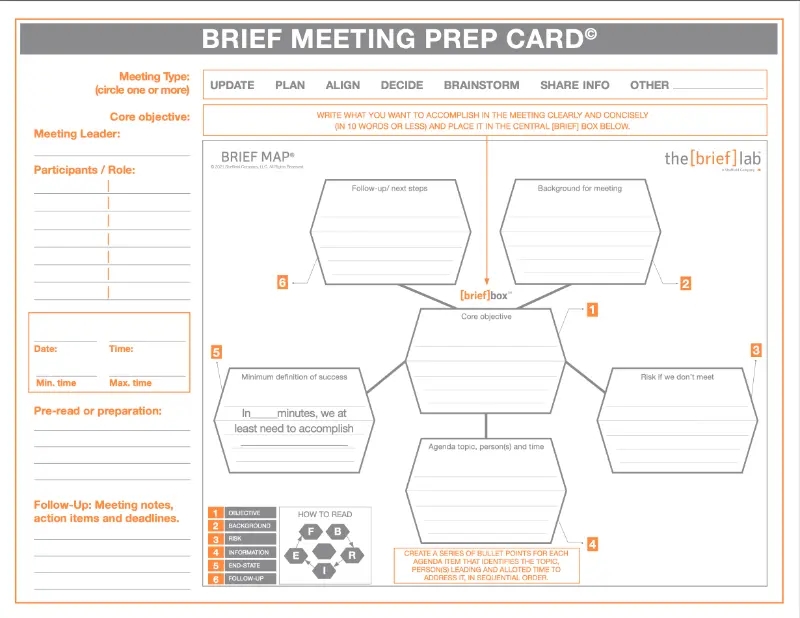At decisive moments, an organization’s senior leadership team can mysteriously and unknowingly get misaligned. What they are thinking, saying and doing get out of whack.
In many cases, the mixed messaging is often the culprit.
Not only are they not on the same page when they start talking about a critical strategy, vision, growth target or new campaign, but they’re also spreading deep inconsistencies throughout the organization.
Why is the messaging at fault? How can such confident and accomplished leaders overlook the harm their words can cause? What are they saying that makes them so misaligned?
Look at organizational alignment as if it were a sports car.
Everyone gets excited about the cool exterior and the high-performance engine, but often overlook the crucial relationship between the steering and the wheels. If the front and rear wheels aren’t pointing exactly in the same direction, the car shudders and shakes when you hit the gas.
The same happens with strategy (steering) and its execution (rear tires) when the messaging (front wheels) aren’t precisely aligned.
Three Messaging Mistakes Management Teams Make
So what messaging mistakes do senior leadership teams make that gets them out of whack as they start explaining the strategy or big initiative?
1. Fail to convene the team to build consensus. Before launching a major initiative, a leader needs the team to build a narrative together. Not only does that shape common understanding, but that moment together ensures that they own the messaging. In many cases, management is given talking points that they rarely use because they didn’t shape them.
2. Never provide safety for leaders to practice explaining it. It’s not enough for a senior executive to know that the leadership team understands the strategic direction; they need to be able to explain it in their own words and be sure it’s clear and consistent. Like a Broadway play, there needs to be a rehearsal. But there’s rarely a moment given that’s safe for them to get it wrong and fine tune it.
3. Forget to give people a simple story to share. Strategies, visions, mission statements and bold launches are rarely easy for people to understand. There’s often much fanfare around a presentation that’s cloaked in corporate speak and buried with boring details. It’s far more effective to explain the big idea in plain English through a simple story with some helpful visuals too.
These three messaging mistakes doom solid strategies before they ever leave the starting block. Execution, based on hundreds and thousands of different versions of the true direction, will be disastrous. What leaders will end up finding weeks, months and even years later are scores of employees, partners and even customers that were confused from the beginning and never had a chance to understand and share the message clearly and concisely.
Bottom Line: Simplicity
Keep the message simple and straightforward and watch the big idea spread from thought to action.
image credit: shutterstock
Want to learn how to be brief and more effective in your day-to-day communication? Get your Brief Tool Kit

